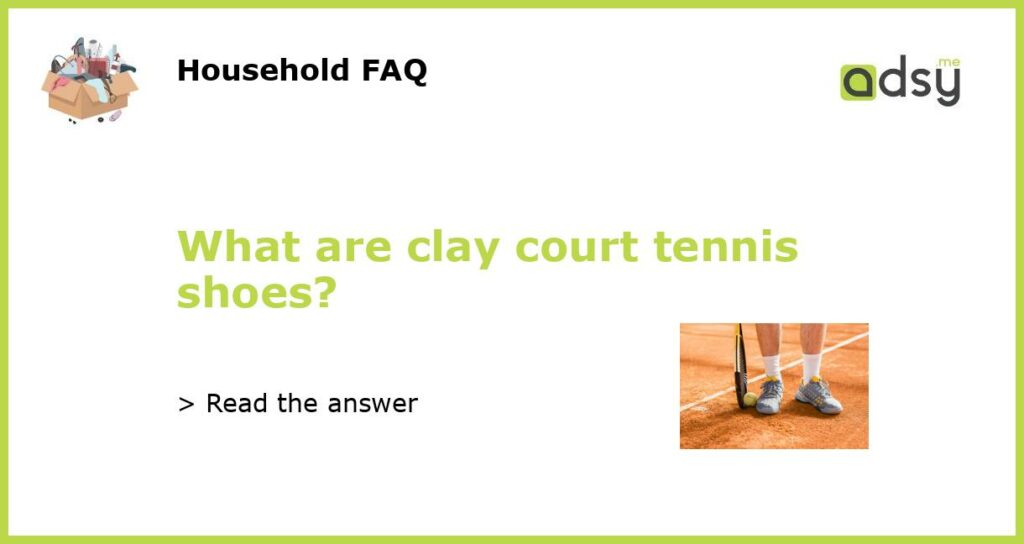What are Clay Court Tennis Shoes?
Clay court tennis shoes are a specific type of tennis footwear designed for playing on clay courts. Clay courts are made of loose, finely crushed rock, and require a shoe that can provide maximum grip, stability and support for players during matches.
Features of Clay Court Tennis Shoes
Clay court tennis shoes have distinct features that set them apart from other tennis shoes. They typically have a herringbone or full-circle pattern on the sole to provide grip and prevent slipping. The sole is usually made of a softer and more flexible material than hard court tennis shoes to help players slide easily on the clay surface. Additionally, clay court tennis shoes have a slightly wider base to provide stability and support during lateral movements.
Benefits of Wearing Clay Court Tennis Shoes
Wearing clay court tennis shoes provides several benefits, including improved traction and grip on the court, enhanced support, and reduced risk of injury. The softer sole and wider base provide greater stability and support while the herringbone or full-circle pattern on the sole increases the shoe’s grip on the clay surface, making it less likely for players to slip or fall.
Popular Clay Court Tennis Shoes Brands
Some popular brands of clay court tennis shoes include Nike, Adidas, Asics, Babolat and New Balance. These brands offer a wide variety of styles, colors and sizes to fit players’ individual needs and preferences.
Choosing the Right Clay Court Tennis Shoes
When selecting clay court tennis shoes, it is important to consider factors such as comfort, fit, support, durability and style. It is also advisable to consider the player’s level of experience and playing style, as well as the specific demands of the court surface. Players can consult with tennis shoe experts and professionals to determine which type of clay court tennis shoe best suits their needs and provides maximum performance during matches.






